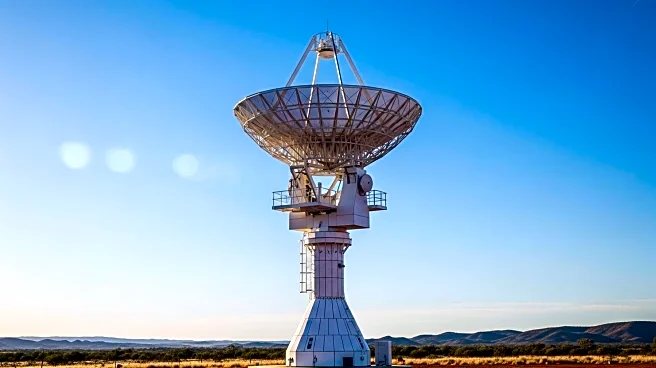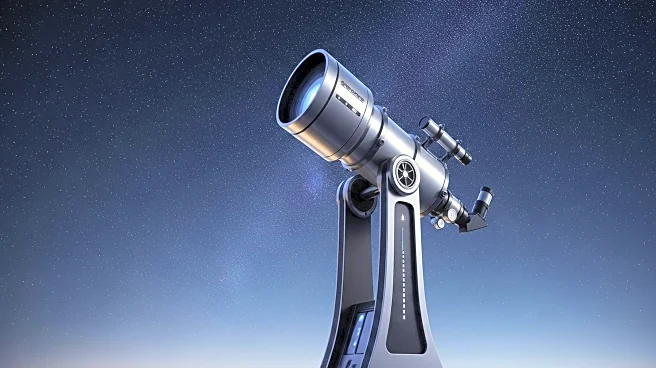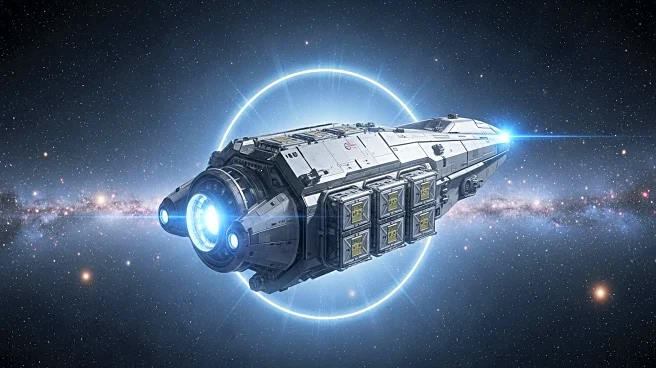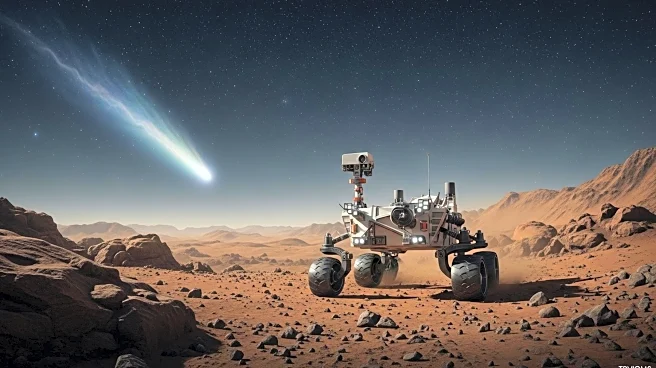What is the story about?
What's Happening?
British author and historian Andy Saunders has released a new book titled 'Gemini and Mercury Remastered,' which features digitally remastered and restored images from NASA's early space missions. This 320-page volume, published by Black Dog & Leventhal, includes hundreds of photographs with explanatory captions, chronicling the manned Project Mercury and Gemini programs from 1961 to 1966. These missions were pivotal in paving the way for the Apollo missions, which eventually led to the moon landing in 1969. Saunders, who previously worked on 'Apollo Remastered,' spent three years on this project, meticulously selecting and processing images from NASA's archives to tell the story of these early space endeavors.
Why It's Important?
The release of 'Gemini and Mercury Remastered' is significant as it provides a detailed visual account of the foundational missions that set the stage for human space exploration. By showcasing these restored images, the book not only preserves historical moments but also highlights the technological and human challenges faced during the early years of space travel. This work serves as a reminder of the risks and achievements of the past, offering inspiration for future space exploration efforts. It underscores the importance of perseverance and innovation in overcoming obstacles, which is relevant to current and future space missions.
What's Next?
The book is now available for purchase at bookstores and online platforms, including Amazon. It is expected to attract interest from space enthusiasts, historians, and educators who seek to understand the early days of space exploration. The detailed imagery and narratives may also inspire new discussions and educational programs focused on the history and future of space travel. As space exploration continues to evolve, works like Saunders' may play a role in shaping public interest and support for ongoing and future missions.
Beyond the Headlines
Saunders' work highlights the ethical considerations of using artificial intelligence in historical preservation. He emphasizes that no AI was used in the remastering process, maintaining the authenticity of the images. This decision reflects broader debates about the role of technology in preserving historical records and the importance of maintaining the integrity of original materials. The book also serves as a cultural artifact, capturing a time when space exploration was driven by a spirit of adventure and competition, offering lessons on the value of human ingenuity and resilience.
AI Generated Content
Do you find this article useful?













